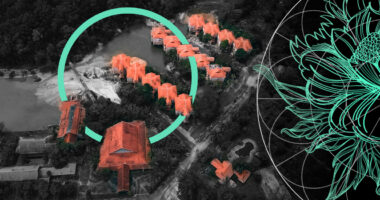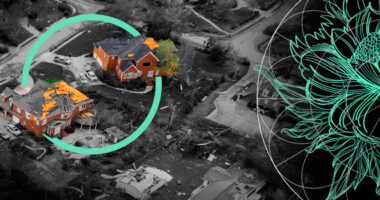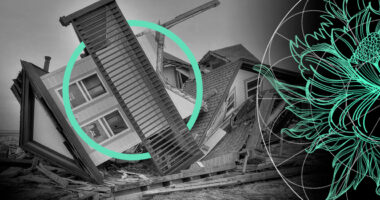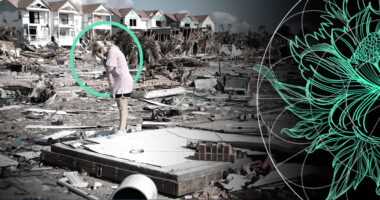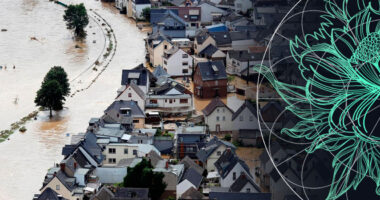Natural Catastrophe Event
A natural catastrophe event is an unexpected event, caused by nature, such as an earthquake or flood, in which there is a lot of suffering, damage, or death.
Examples of natural hazards include: avalanche, coastal flooding, cold wave, drought, earthquake, hail, heat wave, hurricane (tropical cyclone), ice storm, landslide, lightning, riverine flooding, strong wind, tornado, typhoon, tsunami, volcanic activity, wildfire, winter weather.
A physical event, such as a volcanic eruption, that does not affect human beings is a natural phenomenon but not a natural hazard. A natural phenomenon that occurs in a populated area is a hazardous event.
In this section, we have collected the most current articles and reviews on the topic of the Natural Catastrophe Event.

